E. Coli Infection in Pigeons
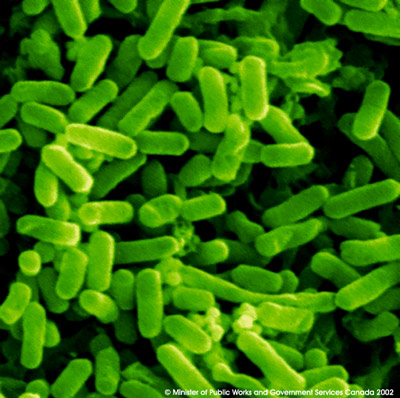 E. coli infection is caused by the bacteria Escherichia coli. This bacteria is very common world wide and is a common inhabitant of the intestinal tract of mammals and some birds. There has been some debate as to whether or not it is a NORMAL inhabitant of pigeons, however, I have found it in the vast majority of lofts that I have checked, many with no symptoms whatsoever of disease related to the organism
E. coli infection is caused by the bacteria Escherichia coli. This bacteria is very common world wide and is a common inhabitant of the intestinal tract of mammals and some birds. There has been some debate as to whether or not it is a NORMAL inhabitant of pigeons, however, I have found it in the vast majority of lofts that I have checked, many with no symptoms whatsoever of disease related to the organism
E. Coli has been shown to be the cause of disease in many species of animals, and symptoms vary from species to species. This bacteria has many different “strains” that infect our pigeons that vary immensely in their ability to produce disease. These “strains” are called serotypes and can be differentiated in special laboratories for that purpose. Some serotypes can easily cause disease while others rarely do. The ability to cause disease (pathogenicity) of the various serotypes of E. coli is related to: The ability to produce toxins. Some strains of E. coli produce endotoxins which can produce profound illness. I personally feel that these endotoxins are a big cause of poor performance in some lofts. We will discuss that later. The ability to invade past the intestinal wall and cause infection in other organs. Some E. coli can readily get into the liver, kidney, and other organs producing disease. The ability to overcome the pigeons immune system. Some E. coli serotypes have the ability to avoid some of the pigeons immune defense systems and thus produce disease more readily than other serotypes.
Infection with E. coli can be classified as primary or secondary. Primary infection means that it can produce disease all by itself and indeed some serotypes of this bacteria can do this. However, in my experience, 90% of the infections are secondary. In other words there is some underlying cause for the infection. This cause is usually some form of stress such as a heavy molt, coccidia, adenovirus, canker, intestinal worms, crowding, heavy training, and poor nutrition. Because 90 % of the E. coli problems are secondary, IT IS CRITICAL to look for an underlying cause when E. coli is diagnosed in your birds.
When we diagnose E. coli infection, we usually do so based on a number of symptoms of disease problems. It rarely causes the same signs in every case. In fact, the symptoms that E. coli can cause are essentially the same as those caused by salmonella (paratyphoid). I often become suspicious of E. coli when I start to see various symptoms arise in a persons loft. The symptoms include: Enteritis: This is the most common of the problems associated with E. coli and simply is loose droppings. Pigeons that are affected typically have a green diarrhea and some will vomit. SLOW CROP EMPTYING is a big red flag for E. coli. When infected, a bird’s crop will often still have grain in it from the previous evening (it should be empty). In any event, birds can quickly lose weight and die suddenly with this form. Joint infections: E. coli like salmonella, can cause joint infections. This results in lameness or a dropped wing. Swelling may or may not be seen in the affected joint. If this occurs, it is critical to treat quickly to prevent permanent damage from occurring.
Sudden death:
Sudden death in any age bird, often with no previous sign is common with E. coli (and salmonella). This is due to a sudden overwhelming infection (septicemia). This massive infection with it’s toxin production will kill a bird very quickly. In my practice one of the most common things I see with E. coli infection is the sudden death of apparently fat healthy youngsters about banding age. These youngsters will be full of food and just dead for no apparent reason. If I culture almost any organ from one of these dead youngsters I will get high number of E. coli. The age coincides with the decrease in immunity that they received from the egg and crop milk. Fertility problems: Although E. coli can cause fertility problems in both sexes, the hen will often spread out and appear to be ready to lay, but never actually lays. Some will go ahead and lay but the eggs will be soft, rough, or small. Eggs that are fertile will often die once incubation has progressed a few days. When we culture these eggs we will grow the organism. Sometimes youngsters will fully develop and simply not be able to hatch. When I have had a hen with E. coli problems I have found it extremely hard to completely “cure” them. They often have problems each year. If you have a good hen with E. coli problems I would recommend that you have the droppings cultured (it will yield the same bug as in the oviduct) and determine which antibiotics work for the serotype in her. Place her on that antibiotic (don’t use baytril or cipro as it will cause problems with fertility as well) several days before mating up and throughout the time before she lays. This often results in healthy, fertile eggs that hatch with no problem. Respiratory infection: The bacteria can infect the respiratory tract along with the other typical causes of respiratory infection such as herpes virus, mycoplasma, chlamydia, and other bacteria. E. coli is NOT a normal inhabitant of the respiratory tract of a bird, whenever it is found there it is a sign of infection and must be treated.
Symptoms of this type of infection are usually the same as pretty severe respiratory infection from other causes, exercise intolerance, open mouthed breathing, rattles, ect. Paralysis: One will often find a bird in the loft laying on the floor unable to use it’s legs, appearing paralyzed. This can be due to an overwhelming infection (septicemia) or actual infection of the nervous system. It is a serious sign, and typical of E. coli or salmonella, and must be treated quickly as death is near for these birds. Poor performance: This symptom is one that I am beginning to consider a big one in many lofts. Now remember, this one is MY OPINION ONLY, and has certainly not been shown by any experimental evidence. We know that E. coli is a TOXIN producer, some serotypes more than others. These toxins can make birds sick in large amounts, but I feel many birds have a level of infection that doesn’t make them terribly sick, but does cause them to perform poorly. I have seen several lofts that have had performance problems and in general the only thing we could find wrong was a high level of E. coli in the droppings and no other symptoms related to E. coli infection. Now these lofts are All American and President’s Cup winners, they know how to fly, lest you think the problem is the handler. When we treated with the proper antibiotic, performance dramatically improved, but when the antibiotic was stopped, performance dropped again in a week or so. On reculture the E. coli level was high again. My theory is that the way we fly pigeons today tends to predispose them to E. coli overgrowth because of: Stress: We see this especially in young birds. We train them daily, race them weekly, expect them to molt, etc. Other diseases: All of the other bugs we see such as canker, coccidia, worms, etc., predispose to E. coli infection. Medication: All of the medication that we use to control the other diseases really takes a toll on the normal flora in our birds intestine, thus predisposing to E. coli overgrowth.
The fact that antibiotic therapy for the E. coli greatly improved performance made me think that by controlling the E. coli level we might be onto something. So, in several lofts I made them an autogenous vaccine of E. coli (one from the serotype found in their birds) and we had them vaccinated. In almost every case, performance dramatically improved to championship levels and we didn’t need to use near the antibiotics that we had previously. Once again, none of this was done with the accepted scientific method, but from my observations this could be a real key for some lofts.
When we diagnose E. coli it is critical to remember that we can not do it on symptoms alone, as other bacteria, especially salmonella, cause identical symptoms. When we suspect the bug we culture the droppings and organs of an infected pigeon. When found, we run a SENSITIVITY test to determine which antibiotic will work on the serotype found. THIS IS CRITICAL AS E. COLI VARIES TREMENDOUSLY AS TO WHICH ANTIBIOTIC KILL IT. IT DEVELOPS RESISTANCE VERY QUICKLY TO ANTIBIOTICS AND YOU SHOULD NEVER ASSUME THAT WHAT WORKED ONE TIME WILL WORK THE NEXT TIME.
Treatment involves three areas: Antibiotics used for 7-10 days: It is critical to have sensitivity tests done as we pointed out earlier, THIS BACTERIA IS RESISTANT TO MANY DRUGS. The common antibiotics I often find that work in many cases are:
Amoxicillin: 1500-3000 mg/gall.
Baytril or Cipro: 250 mg/gall for Baytril and 750 mg/gall for Cipro. Do not use
during the breeding season in breeders.
Primor: 30 mg/bird per day in the water.
Bactrim: 30-60 mg/gall
Cephalexin: 2500-3000 mg/gall Treatment of the underlying cause: If you do not get rid of the underlying causes that are causing the E. coli to show up, it will soon be back. Make sure you control the things mentioned previously. Vaccination: This has been extremely helpful for some lofts and has really boosted their performance. It may be the treatment of choice in the future, the jury is still out.
E. Coli Infection in Pigeons By: Dr. Steve Weir DVM
The Leading Online Pigeon Racing and Racing Pigeons Magazine – The Pigeon Insider

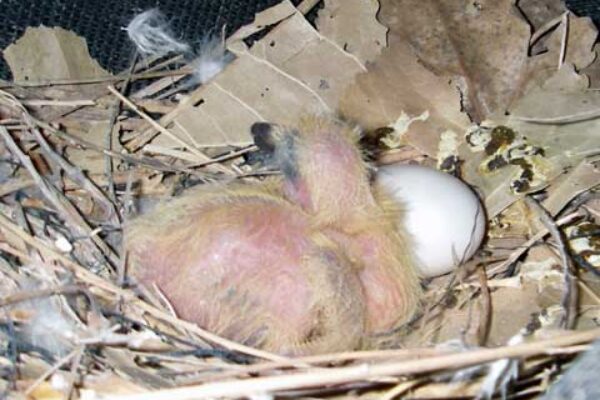
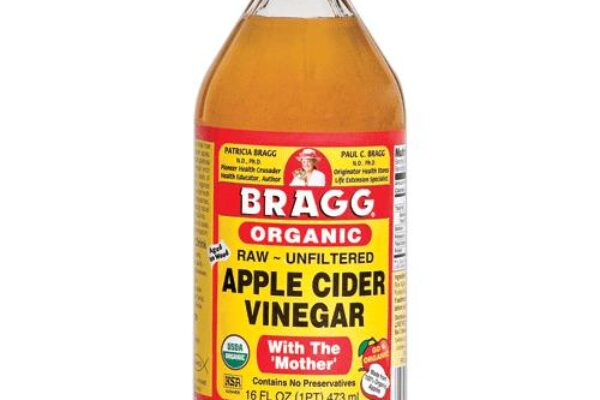
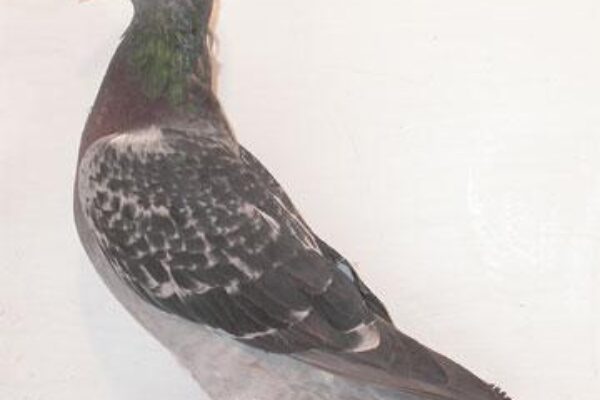
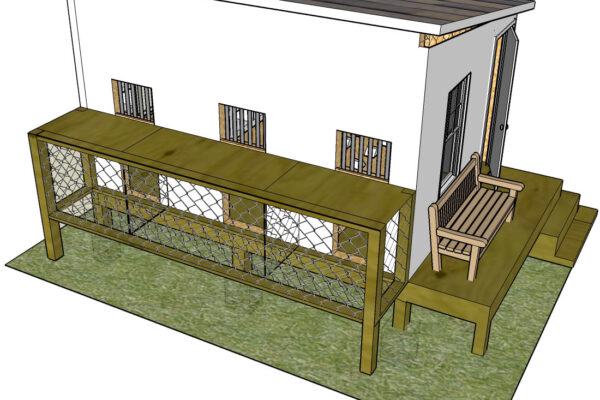
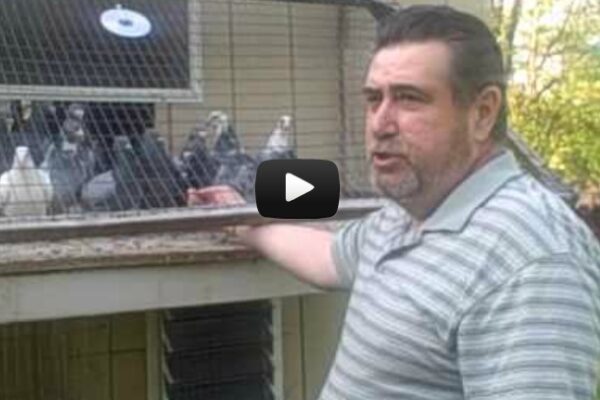


thank you very much! this is very helpful. I dont have any idea with raising pigeons since i found a racing pigeon at d porch and it was very weak. I thought giving it water will regain its strength since its very hot here in the PH. After a day the bird doesnt eat and stand anymore. I started to get worried and googled the symptoms and its very evident that its e. colli, I am trying the meds you listed here a while ago and lets pray that he will survive so I can set him free again. Thanks again!!
lots to learn! thanks for the info!
Useful artecal.excellant good job.
very informative article covering all aspects in simple to understand language
So Simple it’s look like but great value of infomation. Excellent work! Keep going.